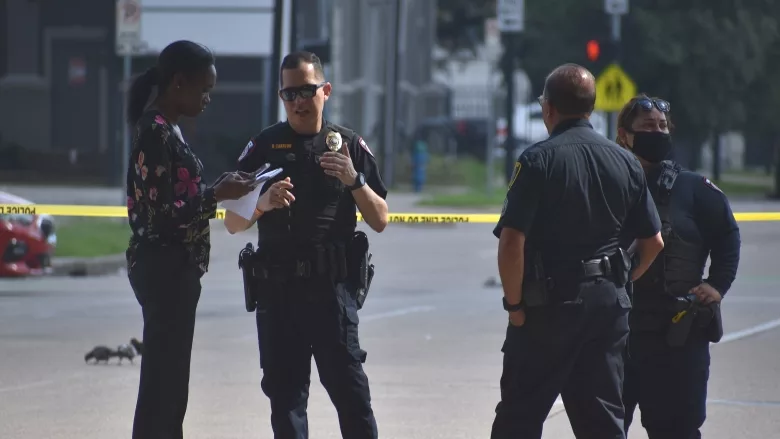SROs may mitigate the risk of school violence

The National Association of School Resource Officers (NASRO) expressed its sincere condolences to the Oxford, Michigan community in the wake of Tuesday’s tragic shooting at Oxford High School. The organization of school resource officers (SROs) also offered information it believes will help schools throughout the country prevent or mitigate future school violence.
While shootings in schools are rare, many signs indicate a significant increase in school violence during the 2021-2022 academic year:
- Between August 1 and November 30, 2021, at least 38 incidents of gunfire on school campuses resulted in death or injury, according to data compiled by the nonprofit organization Everytown for Gun Safety and analyzed by NASRO. During the same period in 2019, Everytown for Gun Safety recorded 14 such incidents.
- Between August 1 and November 30, 2021, at least 136 incidents occurred when a gun was brandished, was fired or a bullet hit school property for any reason, according to the K-12 School Shooting Database compiled by the Naval Postgraduate School’s Center for Homeland Defense and Security (CHDS). During the same period in 2019, the CHDS database recorded 51 such incidents.
- Since January 1, 28 school shootings have occurred in the U.S., killing 10 people and injuring another 47, according to a list compiled by Education Week. Of this year’s shootings, 20 occurred since August 1, the magazine reports.
The U.S. Department of Homeland Security (DHS) warned in a May bulletin that violence might increase when students returned to school after the pandemic’s shut downs. DHS noted risk factors including increased isolation during online or hybrid education and students’ inability to receive mental health services they would normally get at school. In addition, some students were stuck in abusive homes while schools were closed, according to Mo Canady, NASRO’s Executive Director.
Canady noted ways schools and communities can prevent or mitigate violence in schools.
“Schools should create and deploy threat assessment and management teams that identify students of concern, assess the risk of those students engaging in violence or other harmful activities and deliver intervention strategies to manage those risks,” Canady said. “Such teams should include carefully selected, specifically trained SROs. The goal is to identify students in distress before their behavior escalates to dangerous levels.”
Looking for a reprint of this article?
From high-res PDFs to custom plaques, order your copy today!







